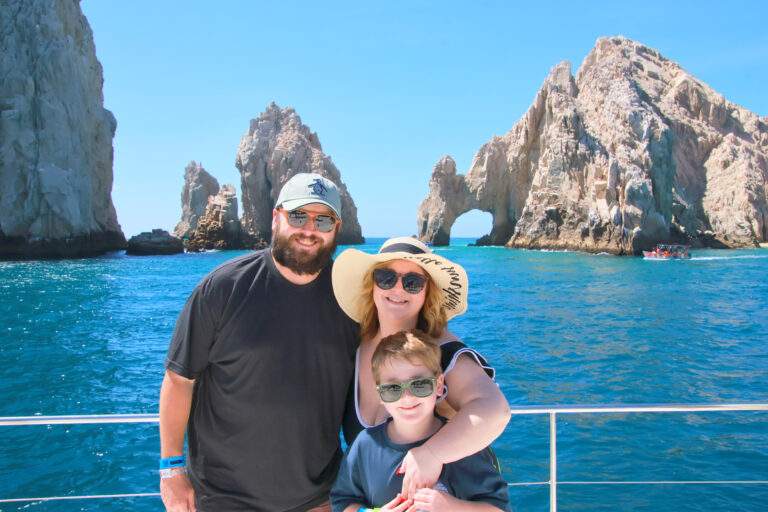We recognize that Disney vacations are not just an investment, but often the highlights of our lives, and we take that responsibility seriously. We want to ensure you have the best vacation experience.
Interested in a job in travel? Click here to learn: How to Become a Disney Travel Agent
Overview
Introduction

Everything in Brazil seems larger than life. It has the world's wildest party, greatest waterfall, biggest wetlands, mightiest river and largest rain forest, as well as one of the most unique and diverse cultures on the planet. For travelers, Brazil's sheer size and variety can be overwhelming.
Brazil's problems—poverty, crime, environmental recklessness—can seem larger than life, too. Although it is one of the industrial powerhouses of South America, Brazil has trouble feeding all its people. Deforestation of the Amazon basin proceeds at an ominous rate. But in fits and starts, the country is taking on some of its seemingly insoluble problems. Most noticeably, improvement is being made in the dangerous crime situation in Rio de Janeiro: A special branch of "tourist police" now keeps tourist sites—particularly the beaches of Zona Sul—relatively safe.
We recommend that you try to venture beyond the thousands of miles/kilometers of beach to explore Brazil's other remarkable attractions: the traditional Afro-Brazilian culture of Salvador, the colonial towns of Ouro Preto, Tiradentes, Sao Luis, Paraty and Olinda or the wetlands of the Pantanal, one of the best places to see wildlife in South America. Rio might draw you to Brazil the first time, but the country's unexplored corners and breadth of attractions will make you want to go back.
Geography
Brazil's territory is as varied as its people: dense jungles, semiarid scrub land, rugged hills, jagged mountains and a beautiful coastline. Hills and mountains dominate most of the southern coastline, and jungle covers nearly all of the northwest and west of the country. The vast northeastern interior region, known as the "Sertao" is one of the most dramatic and arid regions in the country. The Amazon River cuts across the entire country from west to east, and most of the southern rivers drain from the interior of the country, finally emptying into the Atlantic between Uruguay and Argentina.
History
Brazil was a Portuguese colony for more than three centuries, and for much of that time, it was at the center of the great Atlantic sugar and slave trades. Evidence of Portuguese culture abounds in everything from language to food. After declaring its independence in 1822, Brazil went on to become a kingdom, an empire and finally, in 1889, a republic.
Today, the country's population is a mixture of the descendants of indigenous peoples, European immigrants and African slaves. Other significant immigrant groups include Japanese farmers, Syrian and Lebanese merchants and even Confederate refugees who abandoned the U.S. after its Civil War.
Through the last decades of the 20th century, Brazil suffered from incredible debt, high inflation and a shaky political system. But Brazil has managed to pull through. Fortunately, inflation has slowed, the economy weathered the storm of the global financial crisis astonishingly well, and the country has one of the most stable democracies on the continent.
Hosting the FIFA World Cup in 2014 and the 2016 Olympic Games in Rio was expected to give the country another important economic boost in the second decade of the 21st century. In reality, economic recovery has been slower than anticipated.
Snapshot
Brazil's foremost attractions include Carnival, beaches, Rio de Janeiro, Iguacu Falls, the Amazon, Bahia, the Pantanal, art, gems, colonial towns and exciting nightlife.
Brazil is large and varied. Everyone will love something about it, but the opposite is also true—everyone will hate something about it. To minimize problems, try to stick to the areas and activities that truly match your interests (for example, if you're not really interested in seeing jungle wildlife, you probably won't want to put up with the heat, insects, dirt and high humidity that are part of an excursion into the Amazon forest).
Potpourri
Brazil shares common borders with every country in South America except Ecuador and Chile.
More Brazilians have televisions than refrigerators in their homes. Brazilian soap operas—viewed nightly by tens of millions of people across the country—are exported to 130 other nations.
Americana, just outside Sao Paulo, is a town founded by Confederate refugees who immigrated after the U.S. Civil War. The phone book is filled with surnames such as Lee and Jones. Once a year, the town's boys dress up in rebel gray and the girls in long gowns, and they hold a formal ball.
The starry globe in the center of Brazil's flag represents the heavens over Rio de Janeiro on the night of the establishment of the republic (15 November 1889).
The inspiration for the Palacio do Congresso (National Congress building) in Brasilia was reportedly a grapefruit sliced in half, one half up and one half down. Officially, the flat-side-up dome of the House of Representatives side represents "openness," leaving one to wonder what the closed dome of the Senate Chamber must signify.
The Amazon River and its tributaries account for one-fifth of the world's freshwater.
The Pantanal (pantano means "swamp" in Portuguese) is the largest inland wetland on the planet, covering an area that is half the size of France.
The largest Japanese community outside of Japan and the largest Lebanese community outside of Lebanon are in Sao Paulo.
Brazil was the only nation in all of the Americas, apart from Haiti, to have its own empire (1822-1889).


































